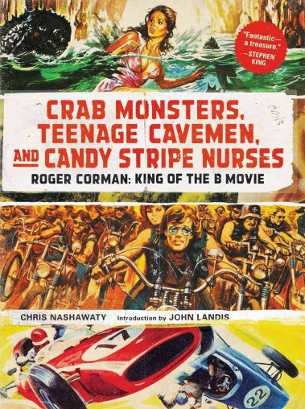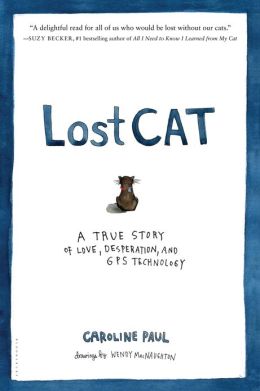Loosely based on a novel by Norman Mailer, the 1966 film, An American Dream, tells the story of Stephen Rojack (Stuart Whitman). Rojack’s a war hero, a man who has several medals of valor to his credit. He’s married to Deborah (Eleanor Parker), the daughter of one of the richest men in the country. He’s an acclaimed writer. He’s got his own television talk show in New York. He’s been crusading against not only the Mafia but also against corruption in the police department. He has powerful friends and powerful enemies. You get the idea.
He’s also got a marriage that’s on the verge of collapse. Deborah calls Rojack’s show and taunts him while he’s on the air. When Rojack goes to her apartment to demand a divorce, the two of them get into an argument. Deborah tells him that he’s not a hero. She says he only married her for the money and that she only married him for the prestige. She tells him that he’s a lousy lover. Being a character in an adaptation of a Norman Mailer novel, the “lousy lay” crack causes Rojack to snap. He attacks Deborah. The two of them fight. Deborah stumbles out to the balcony of her apartment and it appears that she’s on the verge of jumping. Rojack follows her. At first, he tries to save her but then he lets her fall. She crashes down to the street, where she’s promptly run over by several cars. The cars then all run into each other while Rojack stands on the balcony and wails. There’s nothing subtle about the first 15 minutes of An American Dream.
Actually, there’s nothing subtle about any minute of An American Dream. It’s a film where everything, from the acting to the melodrama, is so over-the-top and portentous that it actually gets a bit boring. There’s no relief from the screeching and the inauthentic hard-boiled dialogue. When a crazed Rojack starts to laugh uncontrollably, he doesn’t just laugh. Instead, he laughs and laughs and laughs and laughs and laughs and …. well, let’s just say it goes on for a bit. It’s like a 60s version of one of those terrible Family Guy jokes.
Anyway, the police don’t believe that Deborah committed suicide but they also can’t prove that Rojack killed her. Meanwhile, within hours of his wife’s death, Rojack meets his ex-girlfriend, a singer named Cherry (Janet Leigh). Rojack is still in love with Cherry but Cherry is also connected to the same mobsters who want to kill Rojack. Meanwhile, Deborah’s superrich father (Lloyd Nolan) is also on his way to New York City, looking for answer of his own.
An American Dream is a very familiar type of mid-60s film. It’s a trashy story and it’s obvious that the director was trying to be as risqué as the competition in Europe while also trying to not offend mainstream American audiences. As such, the film has hints of nudity but not too much nudity. There’s some profanity but not too much profanity. Rojack, Deborah, and Cherry may curse more than Mary Poppins but they’re rank amateurs compared to the cast of Who’s Afraid of Virginia Woolf? It’s an unabashedly melodramatic film but it doesn’t seem to be sure just how far it can go in embracing the melodrama with alienating its target audience so, as a result, the entire film feels somewhat off. Some scenes go on forever. Some scenes feel too short. The whole thing has the washed-out look of an old cop show.
All of that perhaps wouldn’t matter if Stephen Rojack was a compelling character. In theory, Rojack should have been compelling but, because he’s played by the reliably boring Stuart Whitman, Rojack instead just comes across as being a bit of a dullard. He’s supposed to be a charismatic, two-fisted Norman Mailer-type but instead, as played by Whitman, Rojack comes across like an accountant who is looking forward to retirement but only if he can balance the books one last time. There’s no spark of madness or imagination to be found in Whitman’s performance and, as a result, the viewer never really cares about Rojack or his problems.
Noman Mailer reportedly never saw An American Dream, saying that it would be too painful to a bad version of his favorite novel. In this case, Mailer made the right decision.









